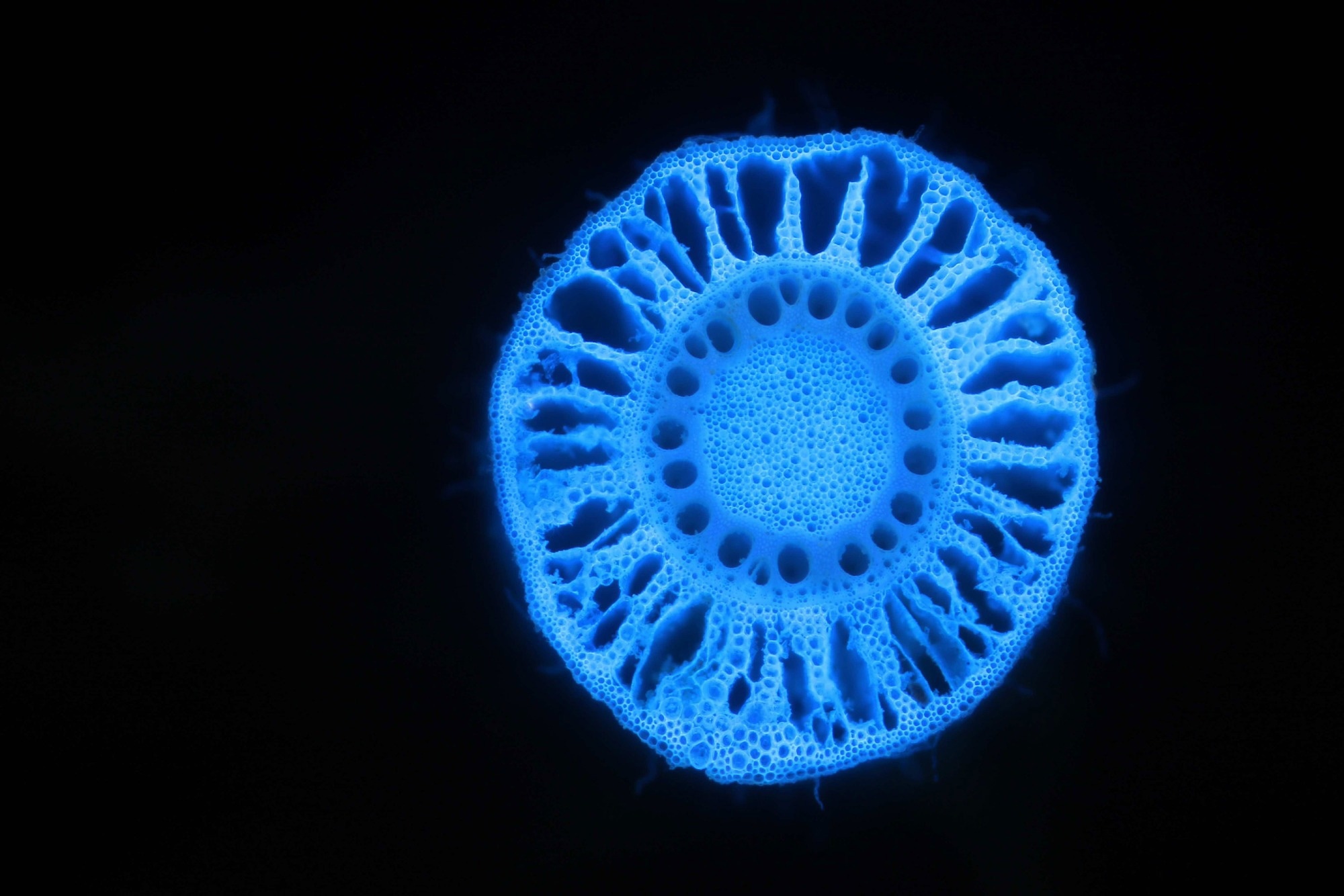For the first time, scientists have explained how a crucial gene in plants helps them use their energy more effectively, allowing them to produce more roots and absorb more water and nutrients.

Image Credit: Hannah Schneider, Assistant Professor of Crop Physiology at Wageningen University.
This novel regulatory gene, known as bHLH121, was found by an international team of plant scientists working under the supervision of Penn State University researchers and in collaboration with the University of Nottingham. It allows maize roots to absorb more water and nutrients. The Proceedings of the National Academy of Science published the findings.
The gene regulates the development of air spaces between living root tissues (termed root cortical aerenchyma). The plant can conserve a lot of energy that would otherwise be needed to feed all of these root cells by replacing a significant portion of them with airspaces.
This improves the metabolism of roots, allowing them to use the energy saved to grow more roots, more thoroughly investigate the soil, and more efficiently capture water and nutrients.
According to the researchers, this discovery could help create crops that can resist drought and low-nitrogen soil conditions, therefore reducing global food insecurity.
Identifying this gene and how it works will enable us to create more resilient crops that can withstand water and nutrient stress conditions being experienced as a result of climate change.”
Rahul Bhosale, Assistant Professor, Crop Functional Genomics, School of Biosciences, University of Nottingham
The study’s authors used the potent imaging techniques that were created via earlier work at Penn State to quickly assess the cells in thousands of roots. The effectiveness of this technique depended on an imaging technique called Laser Ablation Tomography.
With the help of funding from BBSRC Alert and assistance from US partners, this cutting-edge technology is also currently accessible at the University of Nottingham.
We first performed the field experiments that went into this study starting in 2010, growing more than 500 lines of corn at sites in Pennsylvania, Arizona, Wisconsin, and South Africa. I worked at all those locations. We saw convincing evidence that we had located a gene associated with root cortical aerenchyma.”
Hannah Schneider, Assistant Professor, Crop Physiology, Wageningen University and Research
This study showed reduced root air space generation in mutant corn lines lacking the bHLH121 gene. On the other hand, overexpressing bHLH121 increased the creation of air spaces.
The bHLH121 gene is necessary for the formation of root air spaces, according to the characterization of these lines under suboptimal water and nitrogen availability in various locations. This information gives plant breeders a new tool to select varieties with improved soil exploration, and consequently yield, under suboptimal conditions.
These findings are the result of many people at Penn State and beyond collaborating with us, working over many years. We discovered the function of the aerenchyma trait and then the gene associated with it, And, it came about because of technologies that have been devised here at Penn State, such as Shovelomics—digging up roots in the field—Laser Ablation Tomography and Anatomics Pipeline. We put all those together in this work.”
Jonathan Lynch, Research Lead and Professor, Pennsylvania State University
The findings are noteworthy, Lynch noted, since identifying the gene responsible for a crucial trait that will improve plants’ ability to withstand drought and better capture nitrogen and phosphorus is crucial in light of climate change.
Lynch added, “Those are super important qualities—both here in the U.S. and around the world. Droughts are the biggest risk to corn growers and are worsening with climate change, and nitrogen is the biggest cost of growing corn, from both a financial and environmental perspective. Breeding corn lines more efficient at scavenging for the nutrient would be a major development.”
Source:
Journal reference:
Schneider, H. M., et al. (2023). Transcription factor bHLH121 regulates root cortical aerenchyma formation in maize. Proceedings of the National Academy of Science. doi.org/10.1073/pnas.2219668120